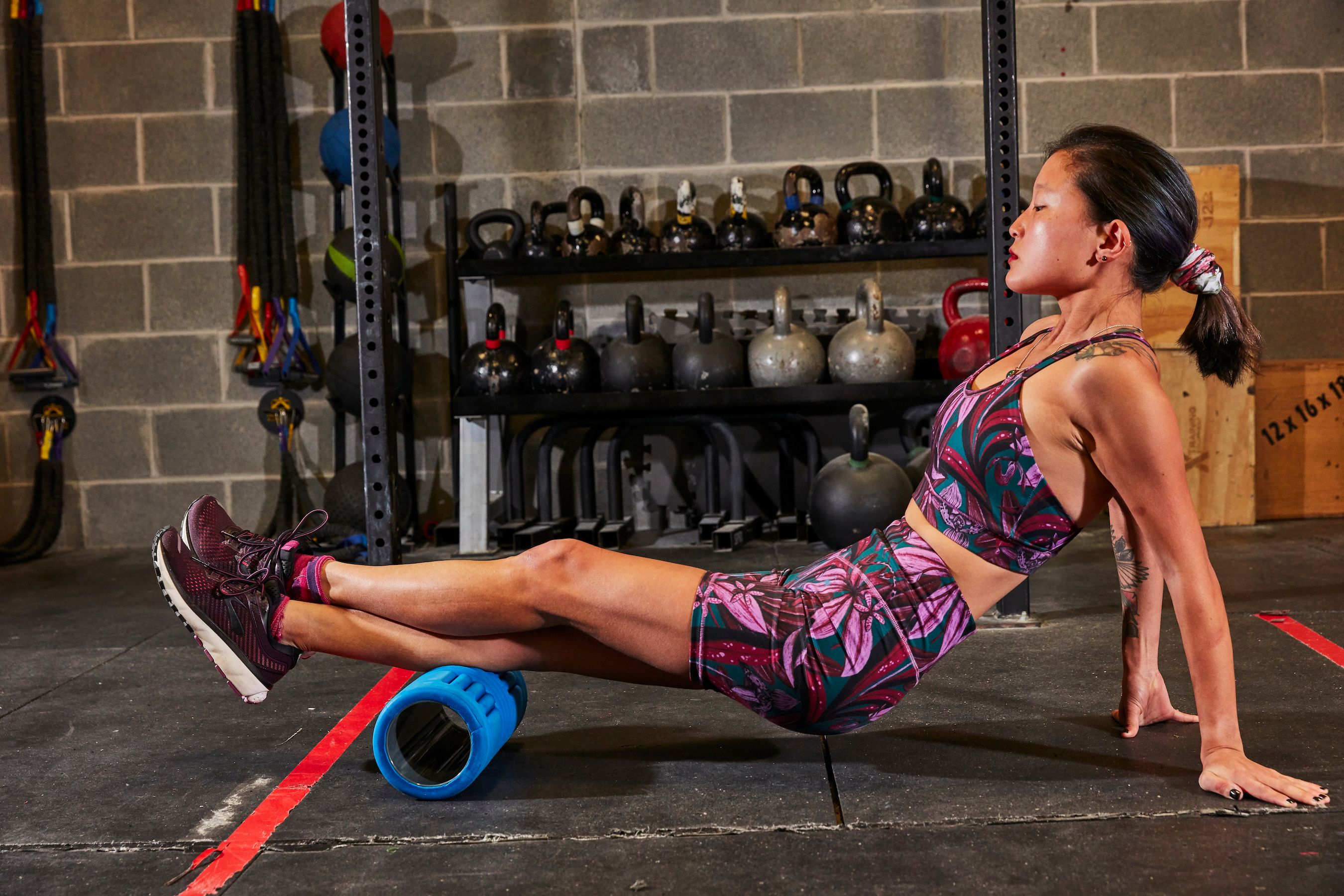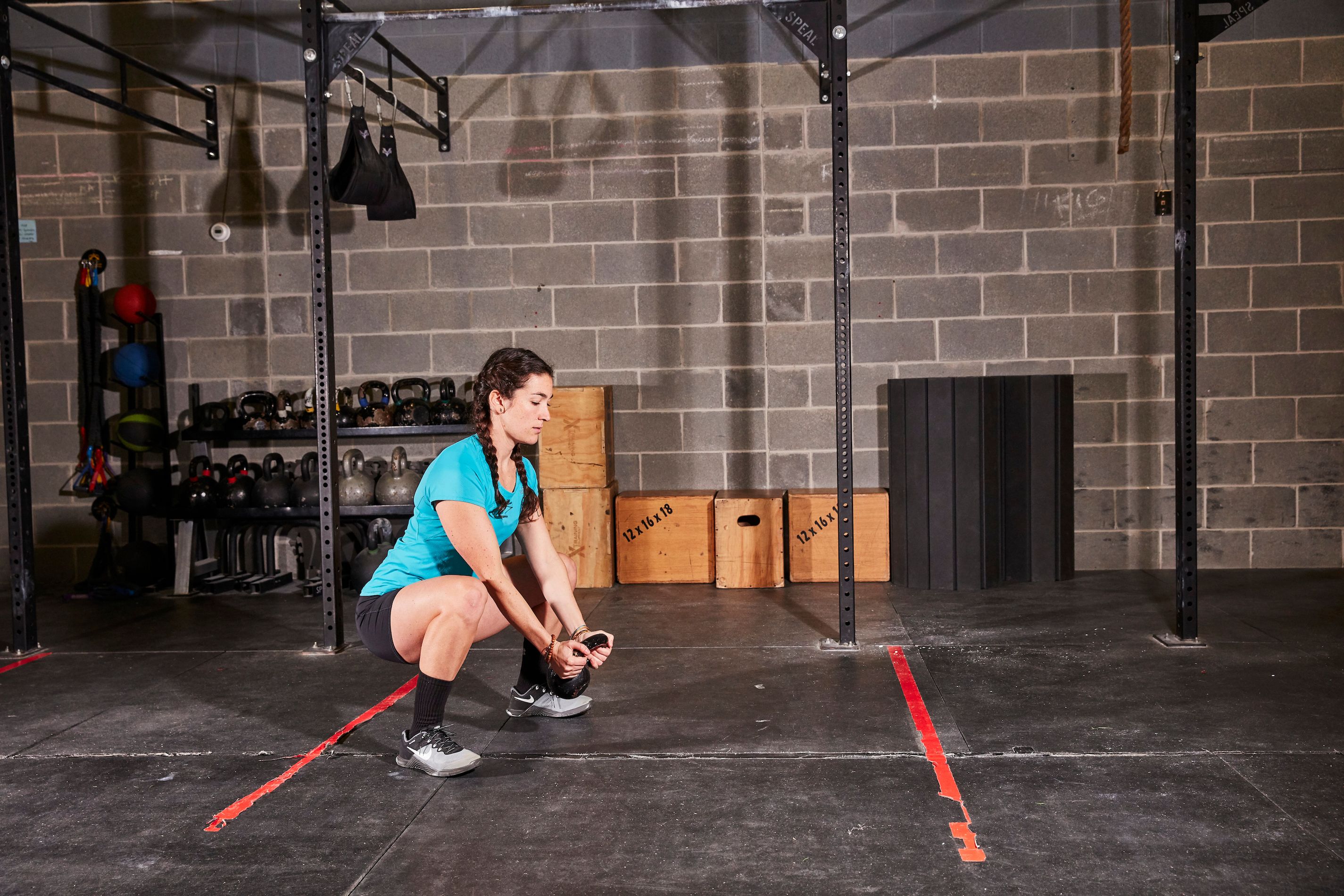4 Effective Ways to Ease Crazy Tight Leg Muscles
That 'fully-recovered' waking heart rate means nothing if your legs are still tight from yesterday's excesses. Loosen up like this.
When you use your legs as often and as strenuously as we do, eventually your leg muscles are going to feel tight. And when they do, what’s the first thing you’re going to do? Stretch them, of course, right? Maybe.
Oftentimes, stretching doesn’t actually help and sometimes, it can make this issue worse. That’s because a “tight” leg muscle is not always what it appears to be, and stretching is rarely the only solution.
“What people commonly feel as ‘tight’ muscles are muscles that have knots or adhesions, otherwise known as trigger points,” says physical therapist Tom Biggart, CSCS, CISSN, co-owner of EBM Fitness Solutions in Danvers, Massachusetts. “Though it’s not exactly the same, if you imagine your muscle like a rope and you put a knot in it, the muscle will actually stretch, but it will feel tight because the ends are fixed.”
Stretching that muscle may only make the knot—and the feeling of tension—stronger.
Here’s what to do instead to fix those tight leg muscles.
Step 1: Release Your Knots

Bodywork is the answer here. “Massage is great obviously, but most of us can’t get a massage every day—or even the day we feel tight,” says Biggart. This is where foam rolling becomes your best friend. “Foam rolling breaks up the restriction and helps return the muscle to its normal resting position to take away the sensation of tightness,” he says.
If you’re really tight or have been living with muscle tightness for some time, you won’t roll it out in one session, of course. “This is one of the rare circumstances where the more it hurts, the more you need to do it,” says Biggart, noting that frequency—not intensity—is key.
“Roll your tight muscles a minimum of once a day for 10 days to two weeks, or until you feel relief,” says Biggart. “Two to three times a day is even better. Keep the rolling sessions brief—three minutes is plenty—but roll them frequently.” Prevent future muscle tightness by rolling out once a day or on days you workout.
Step 2: Train Your Range of Motion

Your muscles respond to what you teach them. If you sit all the time, they’ll get “stuck” in that posture. That’s why it’s important to train them to work through a healthy range of motion with exercises like squats and lunges. One study published in the Journal of Strength & Conditioning Research in 2011 found that exercisers who did resistance training for five weeks improved their hamstring and hip flexibility as well as their peers who participated in a static stretching program.
Step 3: Stretch the Right Way

Stretching is a fine complement to bodywork and dynamic exercise like resistance training, but it’s important that you set it up correctly, so you’re actually stretching the muscle that is “tight,” something many fail to do, says Biggart. “Your body follows the path of least resistance, so often if you’re tight in one area, your body will get the motion it needs from adjacent muscles,” he says.
For instance, if you prop your foot up on a bench and round your back to reach your toes, you’re not really stretching your hamstrings as much as you think; instead you are increasing neural tension and stretching the sciatic nerve which runs down the back of the leg. “You should only feel the stretch in the targeted muscle. Your hamstring runs from the bottom of your butt to the back of your knee. If you feel the stretch in your calf, you’re doing something wrong,” he says. Focus on isolating and stretching only the muscle that needs it.
Step 4: Maintain Your Support System

Every movement you do travels through your core muscles. When they’re weak, they can’t stabilise you properly, which sets the stage for poor posture and unhealthy movement patterns that can lead to knots and tight muscles, says Biggart. Make core strength a priority and practice those push-ups, planks, bridges, and V-ups at least three days a week.
READ MORE ON: foam rolling movement Recovery stretching tight legs

